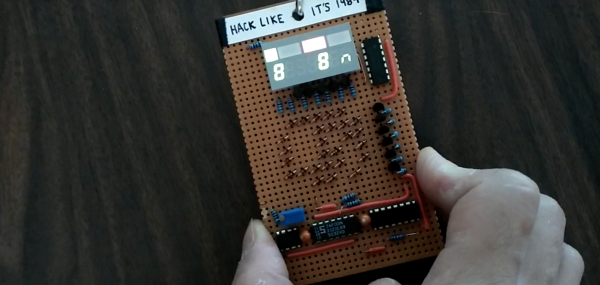[Roland Meertens] has a bat detector, or rather, he has a device that can record ultrasound – the type of sound that bats use to echolocate. What he wants is a bat detector. When he discovered bats living behind his house, he set to work creating a program that would use his recorder to detect when bats were around.
[Roland]’s workflow consists of breaking up a recording from his backyard into one second clips, loading them in to a Python program and running some machine learning code to determine whether the clip is a recording of a bat or not and using this to determine the number of bats flying around. He uses several Python libraries to do this including Tensorflow and LibROSA.
The Python code breaks each one second clip into twenty-two parts. For each part, he determines the max, min, mean, standard deviation, and max-min of the sample – if multiple parts of the signal have certain features (such as a high standard deviation), then the software has detected a bat call. Armed with this, [Roland] turned his head to the machine learning so that he could offload the work of detecting the bats. Again, he turned to Python and the Keras library.
With a 95% success rate, [Roland] now has a bat detector! One that works pretty well, too. For more on detecting bats and machine learning, check out the bat detector in this list of ultrasonic projects and check out this IDE for working with Tensorflow and machine learning.

















